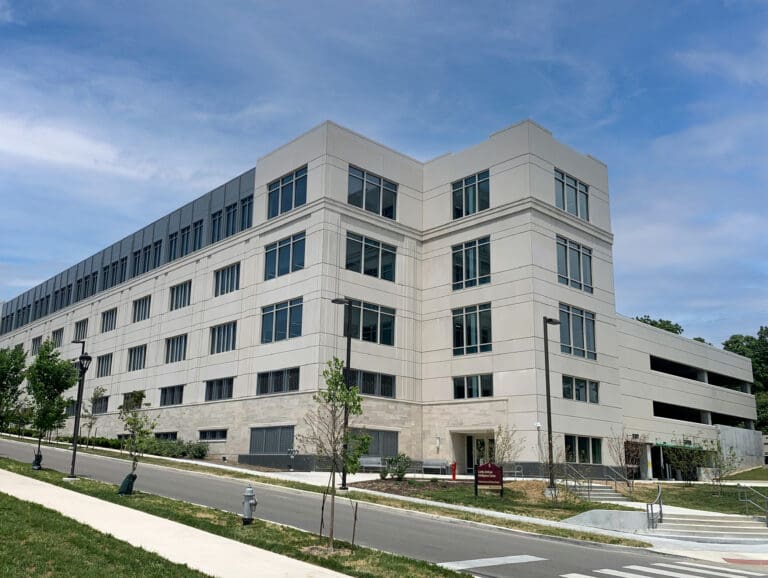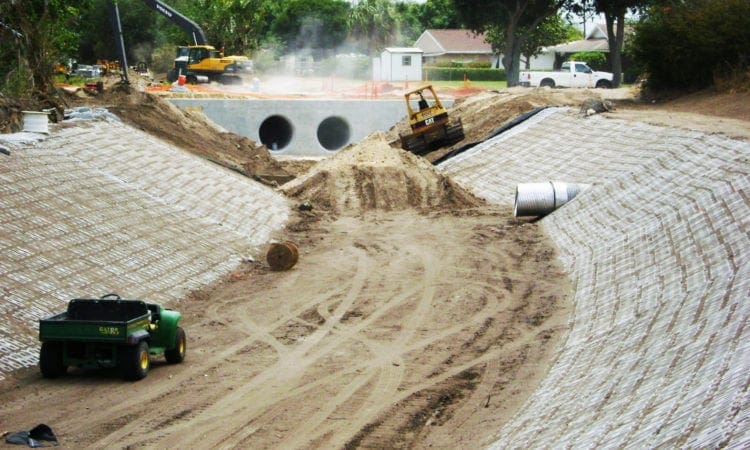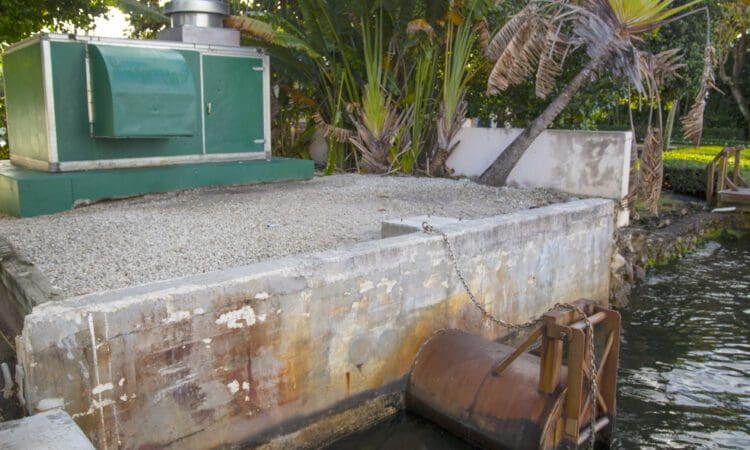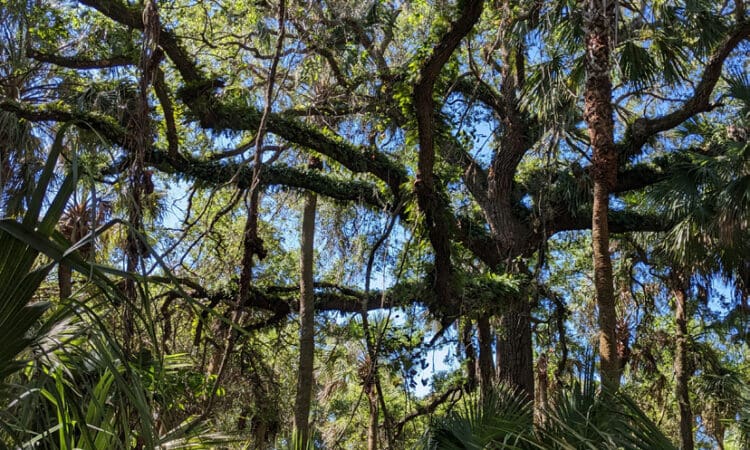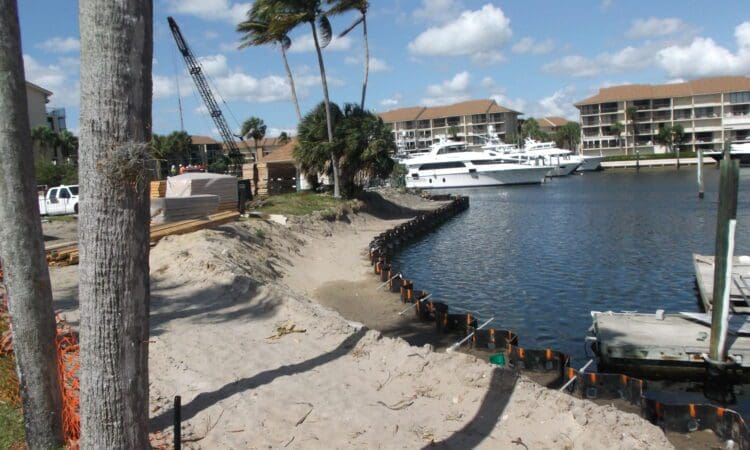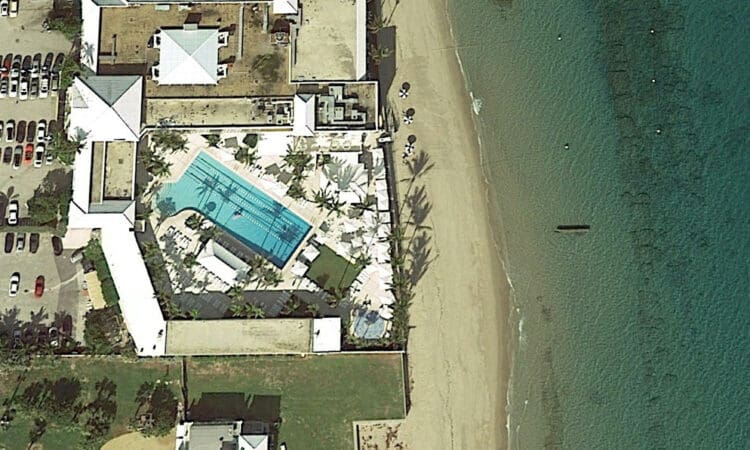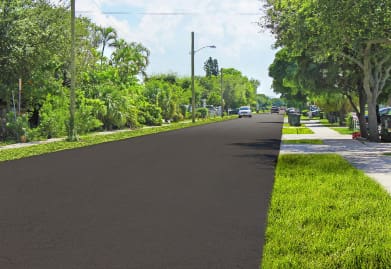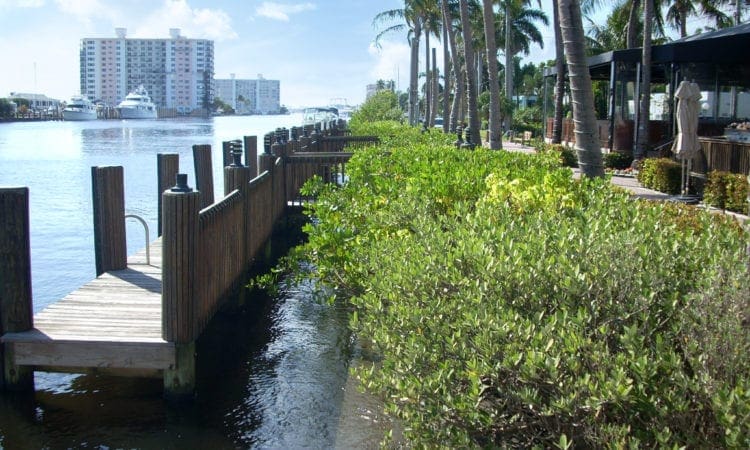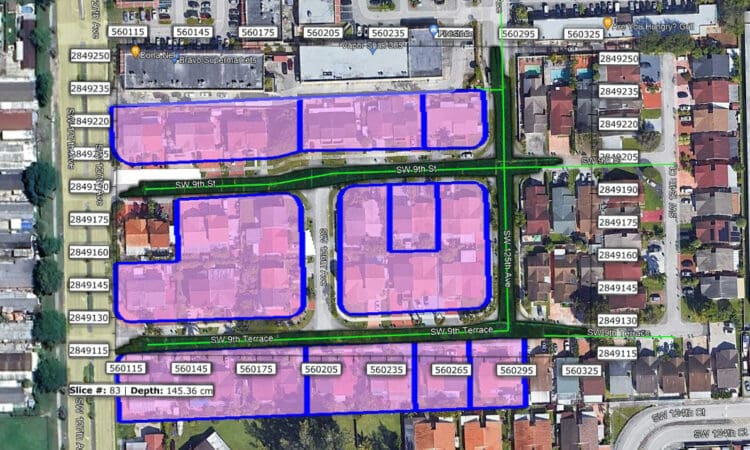
In the Age of Climate Change, Storm Hardening is Essential
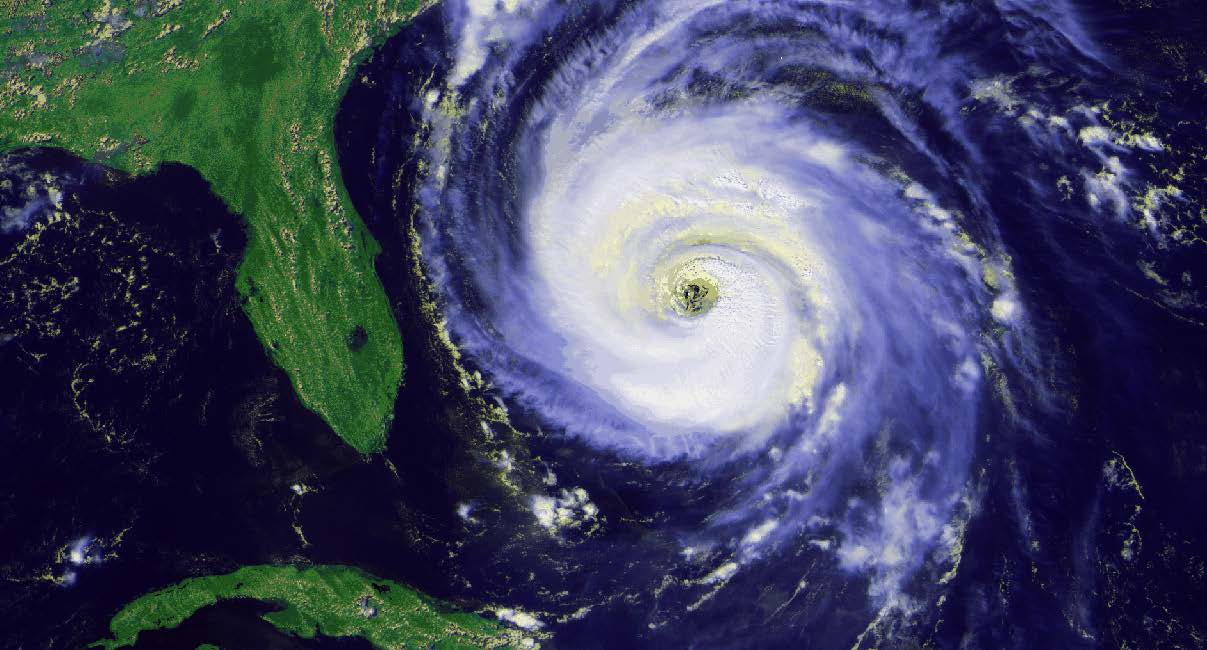
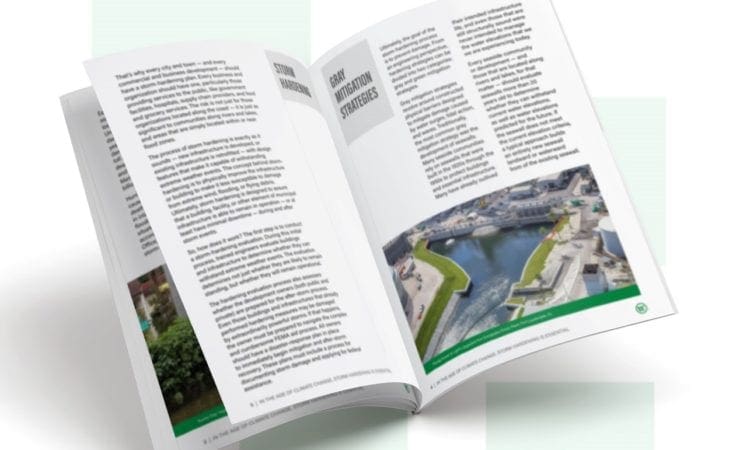
Download a PDF Copy of this Paper
Download our Storm Hardening Survival Guide and get in touch with one of WGI's experts to ensure your vital assets are protected.
Each summer and autumn, hurricane season reminds us that extreme weather looms over communities across the United States — at risk of significant damage and potential loss of life. Each year, hurricanes alone cause $28 billion in damage and 17 deaths, on average. The toll is exponentially higher in unusually deadly years. In 2017, the trio of hurricanes and associated tornadoes from Harvey, Maria, and Irma cost a combined $268 billion and caused over 3,000 deaths.
Hurricanes and tornadoes aren’t the only cause of weather-related damage and death. Storms and other natural disasters in inland areas also cause significant flooding, particularly in communities situated on major rivers and lakes. In fact, according to the Congressional Budget Office, annual losses caused by other storm-related winds and flooding are expected to total $54 billion. As climate change continues to cause more frequent and extreme weather, storm impact becomes equally more severe.
When people think of storm damage, they tend to focus on structures or land erosion, but public infrastructure, particularly emergency infrastructure, is an equally vital concern. How do you care for the public during an emergency if you lose the safe haven for first responders—water and sewer, or fire-prevention capabilities? The answer, of course, is that you can’t. Cities and towns that don’t take pre-emptive action to protect this vital infrastructure are often faced with disaster when hit by extreme storms. In the immediate aftermath of a storm event, it’s too late. All that can be done is to plan for the next inevitable extreme weather event.

Storm Hardening
That’s why every city and town — and every commercial and business development — should have a storm-hardening plan. Every business and organization should have one, particularly those providing services to the public, like government facilities, hospitals, supply chain providers, and food and grocery services. The risk is not just for those organizations located along the coast — it is just as significant to communities along rivers and lakes, and areas that are simply located within or near flood zones.
The process of storm hardening is exactly as it sounds — new infrastructure is developed, or existing infrastructure is retrofitted — with design features that make it capable of withstanding extreme weather events. The concept behind storm-hardening is to physically improve the infrastructure or building to make it less susceptible to damage from extreme wind, flooding, or flying debris. Ultimately, storm hardening is designed to assure that a building, facility, or other element of municipal infrastructure is able to remain in operation — or at least have minimal downtime — during and after storm events.
So, how does it work? The first step is to conduct a storm-hardening evaluation. During this initial process, trained engineers evaluate buildings and infrastructure to determine whether they can withstand extreme weather events. The evaluation determines not just whether they are likely to remain standing, but whether they will remain operational.
The hardening evaluation process also assesses whether the development owners (both public and private) are prepared for the after-storm process. Even those buildings and infrastructures that already performed hardening measures may be damaged by extraordinarily powerful storms. If that happens, the owner must be prepared to navigate the complex and cumbersome FEMA aid process. All owners should have a disaster-response plan in place to immediately begin mitigation and after-storm recovery. These plans must include a process for documenting storm damage and applying for federal assistance.
Mitigation Strategies
Ultimately, the goal of the storm-hardening process is to prevent damage. From an engineering perspective, hardening strategies can be divided into two categories: gray and green mitigation strategies.
GRAY MITIGATION STRATEGIES
Gray mitigation strategies revolve around constructed physical barriers designed to mitigate damage caused by water surges, tidal action, and waves. Traditionally, the most common gray mitigation strategy was the development of seawalls. Many seaside communities rely on seawalls that were built in the 1920s through the 1950s to protect buildings and essential infrastructure. Many have already outlived their intended infrastructure life, and even those that are still structurally sound were never intended to manage the water elevations that we are experiencing today.
Every seaside community or development — and those that are located along rivers and lakes, for that matter — should evaluate seawalls more than 20 years old to determine whether they can withstand current water elevations, as well as water elevations predicted for the future. If the seawall does not meet the current elevation criteria, a typical approach builds an entirely new seawall landward or waterward from of the existing seawall.

The landward approach preserves the lower section of the seawall, but leaves it in place to serve as a toe wall (a protective wall at the base of the new wall) to mitigate erosion and scour.
Seawalls can be designed to serve secondary functions, too. Some are designed as recreational walkways along shore areas, while others serve as benches or provide artistic opportunities. The seawall in Delray Beach, Florida is a great example of a community taking a creative approach to gray mitigation. The Delray Beach seawall also serves as a continuous bench along the waterfront, allowing residents and visitors to look out over the Intracoastal Waterway while they relax on the seawall.
Individual buildings can also be hardened. The most common strategy in Florida is to add additional reinforcing and concrete to/in the existing concrete masonry walls. Another alternative, depending on the existing structure, is to build masonry or concrete walls outside the building’s existing envelope, integrating them into the existing structure. These are cost-effective approaches to strengthening buildings’ exteriors, preventing missile breaches, over-pressure, and possible failure during extreme weather events. While this practice is advisable for any building in storm or flood zones, it’s particularly important for emergency services structures that must remain operational during and following storm events. The addition of new protective walls need not undermine the building’s aesthetics, since a variety of façade finish materials can be used.
Florida’s Palm Beach County provides an excellent example of how a community can take a comprehensive approach to protecting vital assets and infrastructure. The County has implemented an aggressive hardening program that is protecting the Palm Beach County Sheriff’s headquarters, public schools, civic centers, and structures and buildings for various water utilities.

GREEN MITIGATION STRATEGIES
Manufactured materials aren’t the only weapons in the fight against flooding. Natural landscape strategies can also be applied. The development of mangrove barriers, for instance, can be very effective for minimizing storm damage. Mangroves are resilient trees that drop roots down from the branches into the water and sediment. This dense root system reduces wave action at the shoreline, mitigating erosive effects. Mangrove barriers occur naturally and are used quite frequently as an erosion mitigation measure along both the western Gulf coast and the eastern Atlantic coast of Florida. Mangroves also offer a secondary benefit: they provide shelter for active ecosystems of their own, and are vital to a wide array of bird and fish species.
Another useful mitigation strategy is the creation of hilly parks in areas that are susceptible to flooding. The parks are built to higher elevations than surrounding buildings and infrastructure and, similar to levees, are designed to stop flood waters from spreading. With the proper forward-thinking vision of the designers and stakeholders, they can serve a dual purpose as popular recreational spots.
When combined with gray strategies, green mitigation strategies can play an important role in protecting buildings and vital infrastructure.

CLIMATE MITIGATION STARTS WITH STORM HARDENING
In a typical year, the cost of extreme weather exceeds $50 billion and may result in dozens of deaths, and in particularly stormy years the costs rise exponentially. Sadly, those costs are only going to continue to rise because of climate change.
Municipalities, private developers, and business owners should already have mitigation strategies in place to protect their buildings and essential infrastructure. For those that don’t, there’s no time to lose. The cost of mitigation pales in comparison to the cost of inaction.

Download a PDF Copy of this Paper
Download our Storm Hardening Survival Guide and get in touch with one of WGI's experts to ensure your vital assets are protected.
Our STORM HARDENING experts can help. Let's Talk!

WGI
WGI is a national design and professional services firm leading in technology-based solutions for the construction of public infrastructure and real estate development. At WGI, we’re providing Tomorrow’s Infrastructure Solutions Today.
Share this post
Share this post
Learn more
about our
services
- Civil Engineering
- Environmental Services
- Planning
Related

12 Terms Your Structural Engineer Uses That May Not Mean What You Think
Here is a quick reference guide of commonly used terms so next time your Structural Engineer drops one of them on you, you’ll be ready.

2021 ENR Top 500 Design Firms List: WGI Moves Up to #175
WGI moves up 12 spots on the Engineering News-Record (ENR) 2021 Top 500 Design Firms List!
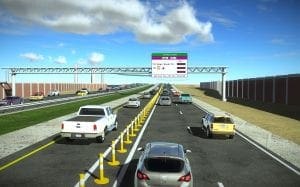
3D Design: Integration
For many firms, the learning curve when adopting new technology can be a significant hurdle. Yet time and time again, embracing technology proves to be key to the engineering profession’s growth.
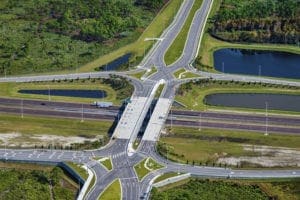
Project Spotlight: St. Johns Heritage Parkway (Palm Bay, FL)
The WGI Team produced an innovative alternative technical concept (ATC) that converted the preliminary design concept from a partial cloverleaf to a diverging diamond-type interchange.
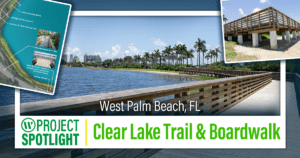
Project Spotlight: Clear Lake Trail & Boardwalk (West Palm Beach, FL)
Discover how WGI seamlessly blends urban connectivity with natural conservation in the Clear Lake Trail & Boardwalk project, integrating innovative design and engineering to enhance the landscape while preserving the purity of Clear Lake, West Palm Beach’s primary drinking water source.

Silvio Palms Park – A New 12-Home Habitat for Humanity Neighborhood & Community Helping Families In Need
WGI had the amazing opportunity to help make a lasting impact on families in need when providing services for the construction of a new 12-home Habitat for Humanity community, and the design of what would be the community’s new epicenter, Silvio Palms Park.
JOIN THE TEAM
You’ve been searching for a place like WGI. We look forward to meeting you soon.




